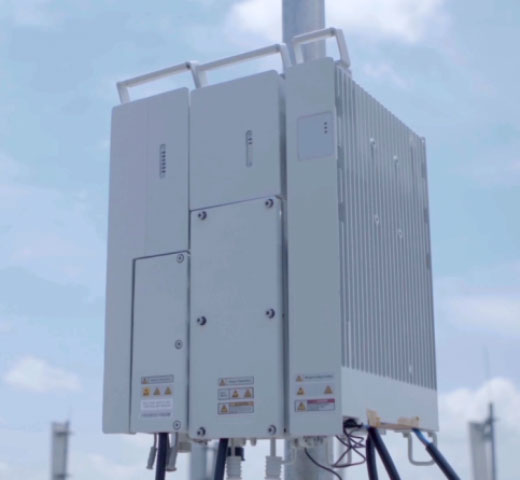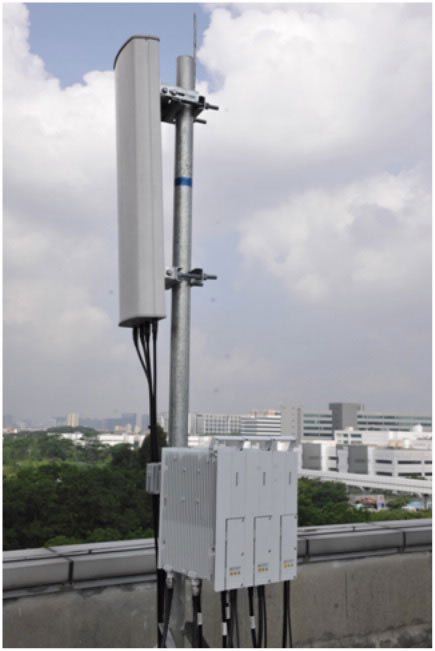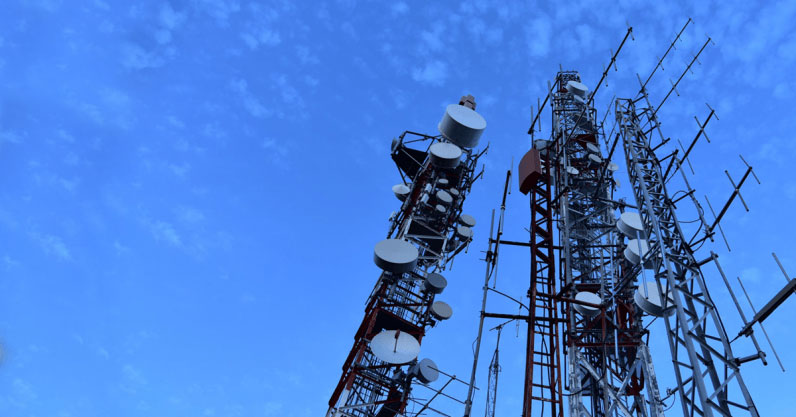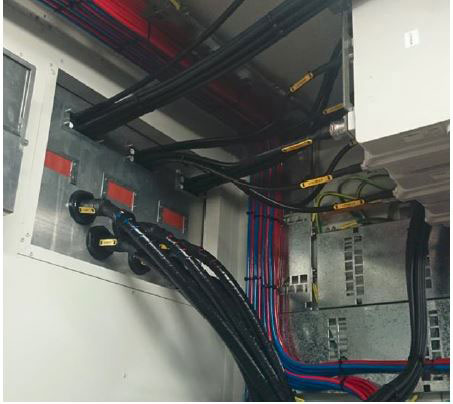Blog
A Comprehensive Guide to Remote Radio Units (RRUs) in the Telecom Industry

Remote Radio Units (RRUs) are critical components in modern telecom networks, playing a key role in enhancing network performance and efficiency. This guide provides an overview of RRU technology, including its components, functions, and benefits in the telecom industry.
What is an RRU?
Definition: A Remote Radio Unit (RRU) is a device used in wireless communication systems to handle radio signals. It is typically mounted on cell towers or other structures and is connected to the Baseband Unit (BBU) via fiber optic cables.
Purpose: RRUs are designed to:
- Improve signal quality and coverage.
- Reduce power consumption.
- Simplify network maintenance and upgrades.
Key Components of an RRU
- RF Transceiver:
- Handles the transmission and reception of radio signals.
- Converts digital signals from the BBU into radio frequency signals and vice versa.
- Power Amplifier:
- Amplifies the radio signals to ensure they are strong enough for transmission over long distances.
- Digital Signal Processor (DSP):
- Processes the digital signals and performs functions such as modulation, demodulation, and error correction.
- Cooling System:
- Maintains optimal operating temperatures to ensure the RRU functions efficiently.
- Antenna Interface:
- Connects the RRU to the antennas, allowing for the transmission and reception of signals.
Benefits of Using RRUs
- Improved Signal Quality:
- By placing the RRU closer to the antennas, signal loss is minimized, resulting in better signal quality and coverage.
- Enhanced Network Performance:
- RRUs can handle higher data rates and support advanced technologies like 4G and 5G, leading to improved network performance.
- Energy Efficiency:
- RRUs consume less power compared to traditional base station architectures, reducing operational costs.
- Simplified Maintenance:
- The modular design of RRUs makes it easier to perform maintenance and upgrades without disrupting the entire network.
- Flexibility in Deployment:
- RRUs can be deployed in various locations, including rooftops, towers, and even in-building solutions, providing greater flexibility in network design.
Applications of RRUs in the Telecom Industry
- Cellular Networks:
- RRUs are widely used in cellular networks to enhance coverage and capacity, especially in urban and densely populated areas.
- Small Cell Deployments:
- RRUs are ideal for small cell deployments, which help to fill coverage gaps and increase network capacity.
- 5G Networks:
- With the advent of 5G, RRUs play a crucial role in supporting higher frequency bands and massive MIMO (Multiple Input Multiple Output) technologies.
- Rural and Remote Areas:
- RRUs enable efficient network expansion into rural and remote areas, providing reliable communication services in underserved regions.
Conclusion
Remote Radio Units (RRUs) are essential components in modern telecom networks, offering numerous benefits such as improved signal quality, enhanced network performance, and energy efficiency. By understanding the key components and applications of RRUs, telecom operators can optimize their network infrastructure and provide better services to their customers.






